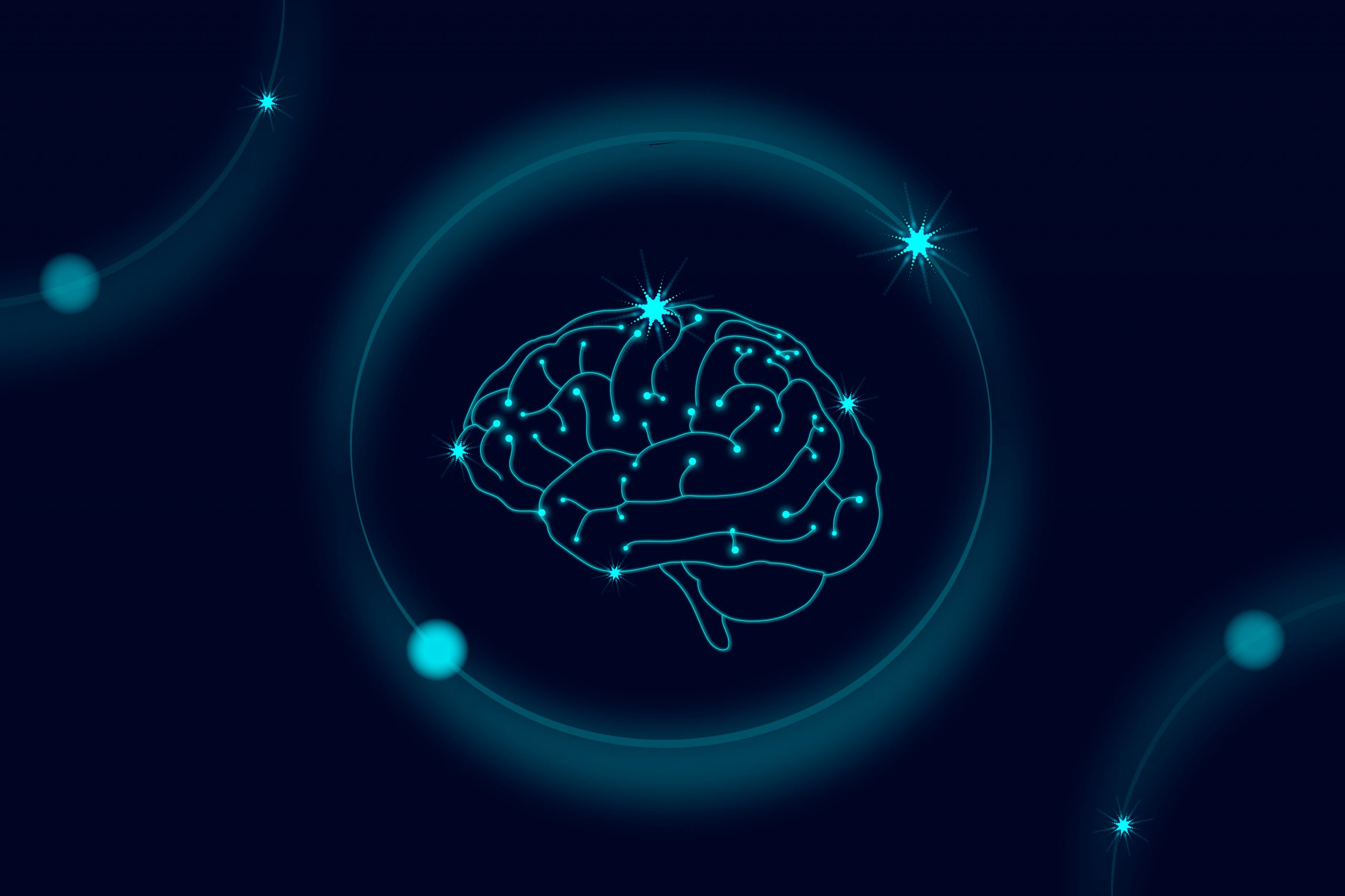

Neuroscientists and physicists at the Max Planck Institute for Human Cognitive and Brain Sciences (MPI CBS) in Leipzig (Germany) and anatomist Menno Witter from the Kavli Institute for Systems Neuroscience in Trondheim (Norway) have descended into the depths of the human memory system using a novel approach of precision neuroimaging and high-resolution functional magnetic resonance imaging (fMRI). They identified previously unexplored cortical networks and gave information on the human memory system’s anatomical organization. Their research was published in the journal Neuron.
How can the incredible skills of human memory be explained using brain anatomy? distinct brain activities are known to be anchored in distinct areas and structures of the brain. We know, for example, that particular parts of the cerebral cortex are in charge of perception of the external world, picturing our future, and thinking about other people. However, little is known about the relationship between the brain regions supporting these critical cognitive functions and the human memory system.
The medial temporal lobe (MTL) houses the human memory system. The hippocampus, parahippocampal cortex, perirhinal cortex, and entorhinal cortex are all part of it.
“One big challenge in studying the MTL is its great anatomical variability across people. Therefore, prior studies that were using group-averaged data, blurred fine anatomical details between different subregions of the human MTL that are located in close proximity to each other. It is like studying face structure by averaging 1,000 different faces together. We will get important organizational principles of a face—where the eyes and the nose are located, where the mouth is, but we will completely loose idiosyncratic important details,” explains the study’s first author, Daniel Reznik of MPI CBS.
Another issue in investigating the MTL in humans, according to Reznik, is that this brain region is heavily influenced by susceptibility artifacts, making it difficult to obtain high-quality signals from this brain region.
In the current work, the researchers overcame these obstacles in MTL imaging and eventually investigated the dispersed cortical anatomy associated with different subregions of the human temporal lobe in people.
“So instead of collecting data from many different people, we collected a lot of data from the same individuals, which dramatically increased the anatomical precision of our study. We combined our expertise in high-field imaging, neuroanatomy, and cognitive neuroscience and examined MTL anatomy in great detail. This allowed us to identify cortical networks associated with the human medial temporal lobe that were unknown to previous human memory research,” Reznik concludes.
He adds, “Similar cortical networks also exist in animals and perhaps the most exciting finding is that we have now evidence for potentially new cortical pathways in the human memory system compared with non-human primates.”
Christian Doeller, Director of the Department of Psychology at MPI CBS, says, “These new findings are important since even after many years of research into human memory, no one really knew how the regions in the MTL are connected with the rest of the human brain. Connectivity of the entorhinal cortex is of particular interest for us, since this is one of the first brain regions affected by Alzheimer’s disease.”
“Our discovery defines the anatomical constraints within which human memory functions operate and are informative for studying the evolutionary development of temporal lobe circuitry in different species. For example, data from non-human primates show only slight connections between the entorhinal cortex and the frontal cortex in comparison—in contrast, we found that these connections are more pronounced in humans.”
Reznik adds, “Since one of the networks connected to the human entorhinal cortex is also involved in social processing, we suspect that it is an evolutionarily young network that may have evolved after the extensive expansion of the cortex in humans.”
more recommended stories
 Poor Kidney Function and Alzheimer’s Biomarkers Explained
Poor Kidney Function and Alzheimer’s Biomarkers ExplainedPoor kidney function may influence levels.
 Walking Speed Before Hip Replacement Predicts Recovery
Walking Speed Before Hip Replacement Predicts RecoveryNew Evidence Points to a Simple,.
 Neuroblastoma Drug Combo Extends Survival in Models
Neuroblastoma Drug Combo Extends Survival in ModelsA Promising Shift in High-Risk Neuroblastoma.
 How Soybean Oil Impacts Weight Gain and Metabolism
How Soybean Oil Impacts Weight Gain and MetabolismWhy Soybean Oil May Affect Metabolism.
 Coffee and Cognitive Function: Evidence Review
Coffee and Cognitive Function: Evidence ReviewA new narrative review in Cureus.
 Colorectal Cancer Screening Rates Low in Adults 45–49
Colorectal Cancer Screening Rates Low in Adults 45–49Recent UCLA research reveals that colorectal.
 Gut Immune Cells and Long-Lasting Antiviral Protection.
Gut Immune Cells and Long-Lasting Antiviral Protection.Breakthrough Findings on How Gut Immune.
 Mild Pancreatic Duct Dilatation Signals Higher Cancer Risk
Mild Pancreatic Duct Dilatation Signals Higher Cancer RiskEarly Structural Changes Offer Critical Clues.
 How the Uterus Senses Force During Labor: New Insights
How the Uterus Senses Force During Labor: New InsightsA new study published in Science.
 Fat-Free Mass and Brain Outcomes in Preterm Babies
Fat-Free Mass and Brain Outcomes in Preterm BabiesEarly Fat-Free Mass May Hold the.

Leave a Comment